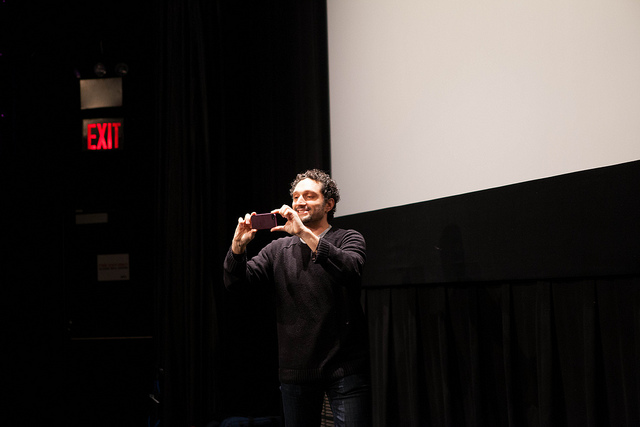Death Metal Angola: Building a Scene in Response to War


“I’ve told this story probably 30 to 40 times, so apologies if you’ve heard it before,” DEATH METAL ANGOLA director Jeremy Xido told the audience at Saturday night’s DOC NYC screening of his film. “But it’s a good one.”
He’s right. A few years ago Xido was working on a film about Chinese laborers rebuilding a train line in Angola that had been destroyed during the country’s decades-long civil war. The tracks ran though the small city of Huambo, where Xido one day found himself in a coffee shop in conversation with local musician Wilker Flores. “I asked him what kind of music he played. He said, death metal,” Xido recounted.
Wilker implored Xido to join him at “the orphanage” later that evening for an impromptu concert. “I thought it was a club,” said Xido. Instead he found the Okutiuka Center for Children, a home run by Sonia Ferreira that provided food and shelter to the children of Huambo who no longer had families to care for them. That night, Xido also uncovered the seeds of an Angolan death metal scene that claimed Wilker as one of its most ardent members.
DEATH METAL ANGOLA traces Wilker and Ferreiera’s efforts to stage the country’s first national rock concert, with the pair relying on the collective energy of the members of a number of Angolan bands in their attempt to pull off the feat. Xido believes the strength of the metal scene in Angola is due to its members’ efforts to create something new out of the fragments of society they were left with.
And while it might seem strange that death metal would easily take root in Angola, Xido sees logic in the phenomenon, believing that the music serves as a therapeutic outlet for a generation of young men living with the scars of war. “The music hit in 2002, at the end of the war. The people attracted to the very hard stuff were very young during the war,” said Xido. “The music is strong enough to handle the stories that they have to tell.”

